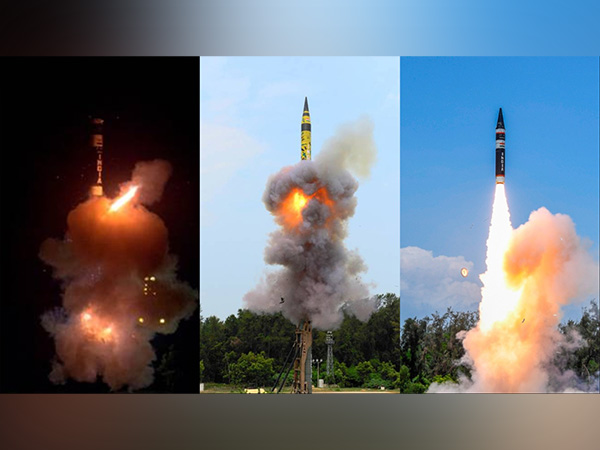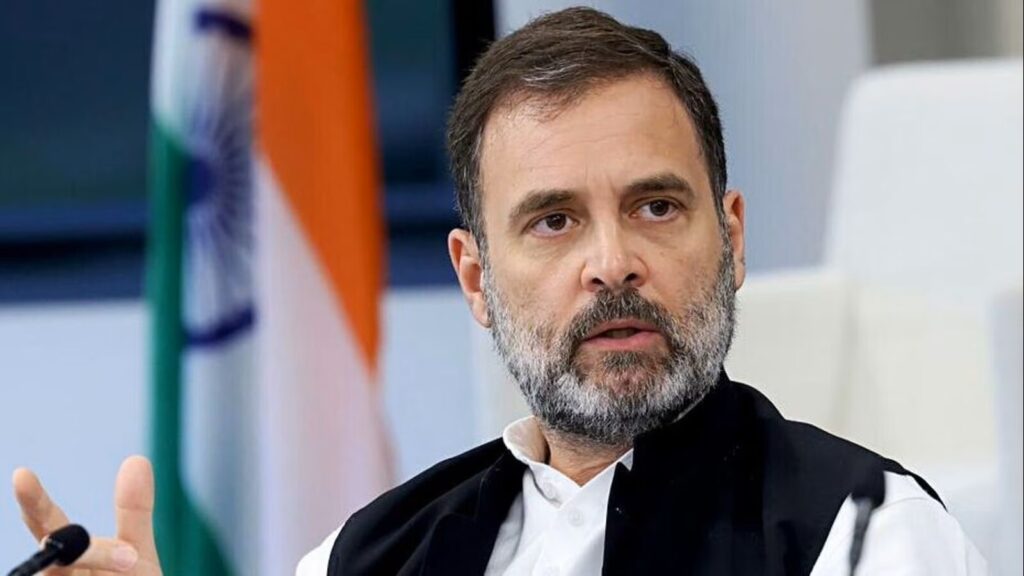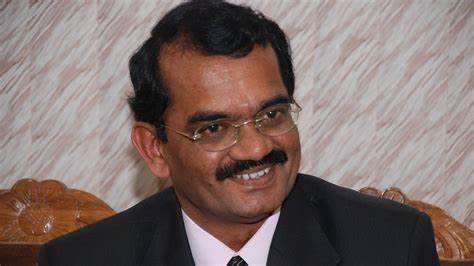From Canisterised Missiles To MIRVs, India’s Rise Marks A New Nuclear Era.
Did you know India now has about 180 nuclear warheads, up from 172 in 2024? According to the Stockholm International Peace Research Institute (SIPRI), India isn’t just stockpiling more nukes—it’s rolling out next-gen delivery systems like canisterised MIRV-capable missiles. In our locked-and-loaded world, understanding these developments isn’t just for defense analysts—it affects space treaties, arms control, Pakistan relations, and the global nuclear balance.

Inside India’s Nuclear Evolution: From Cold War to MIRV Missile Power
India’s nuclear journey began in the 1970s and picked up pace in the late 1990s—rooted in no-first-use policy, a triad architecture (land, air, sea), and the need for credible deterrence against Pakistan and China.
Fast-forward to 2025: India has marginally grown its arsenal from around 172 to 180 nuclear warheads over the past year . This expansion reflects not just a numeric gain, but also a strategic transformation: deployment of canisterised missiles with warheads mated during peacetime. That means faster response and stealthier storage.
Key entries include:
- Agni-P (Prime) – A canisterised missile with 1,000–2,000 km range, road-mobile, ready to launch anytime.
- Agni-5 with MIRVs – Intercontinental capabilities (5,000+ km), tested successfully in 2024. Prime Minister Modi hailed it as “Mission Divyastra”.
Canisters enhance survivability and allow missiles to sit powered up in peacetime. And with MIRV (Multiple Independently Targetable Re-entry Vehicle) technology, a single missile can strike multiple locations—dramatically increasing deterrence and complicating missile defense.
Arms Race in Asia: How Pakistan and China Are Reacting
Pakistan’s Nuclear Response
Pakistan continues to gauge India’s missile modernization. SIPRI notes Islamabad’s own build-up of new platforms and fissile material, targeting an arsenal of over 165 warheads. Pakistan views its full-spectrum deterrence posture as essential against India, but it also raises the risk of nuclear escalation during conventional conflicts.
China’s Huge Build-Out
India’s modernization sits within a fierce global buildup. China, for example, has accelerated faster—recently surpassing 600 operational warheads, adding ~100 annually since 2023, and building 350+ ICBM silos. It could rival U.S./Russia in missile count by 2030.
Beyond the Triangle
Nuclear states—from the U.S. and Russia controlling ~90% of global arsenals to France, UK, North Korea, and Israel—are also engaged in modernization and expansion programs
SIPRI warns this signals the unraveling of Cold War arms control architecture. With operational warheads rising and new technologies like hypersonic missiles, artificial intelligence, and MIRVs, we’re entering a troubling new nuclear arms race .
Deterrence or Danger? The Global Fallout of India’s Nuclear Leap
Deterrence and Regional Stability
India’s deployment of canisterised, MIRV-capable missiles increases strategic depth, complicates adversaries’ defense planning, and enhances second-strike capability. That helps deter aggression—especially from Pakistan or China—increasing South Asia’s overall war-avoidance posture.
Risks of Escalation
But SIPRI highlights dangers too. With both India and Pakistan modernizing simultaneously amid sporadic clashes, a conventional confrontation could quickly escalate into a nuclear crisis. Third-party confusion or misinfo in such scenarios could be catastrophic.
Global Implications
India’s military modernization comes as nuclear arms control diplomatic channels fray. With global nuclear arsenals expanding again, and China adding warheads rapidly, calls for new arms control arrangements are growing. SIPRI suggests traditional treaties are weakening, and the new race could deepen international insecurity. Moreover, development of advanced systems like MIRVs requires stricter export and non-proliferation regimes to stem technology spread. This makes India’s military evolution both a national priority and a test case for global norms.
India’s expansion to ~180 warheads, plus next-gen systems like canisterised Agni-P and MIRV-capable Agni-5, shows the country is safeguarding against regional threats. Yet, it also fuels an arms race dynamic, risking rapid escalation and undercutting global arms control. The challenge now—domestically and internationally—is to balance deterrence with diplomacy, building trust and norms even as arsenals grow. As SIPRI warns, we may be entering a prolonged nuclear buildup era—unless world leaders revive arms-control dialogues for the 21st century.





















